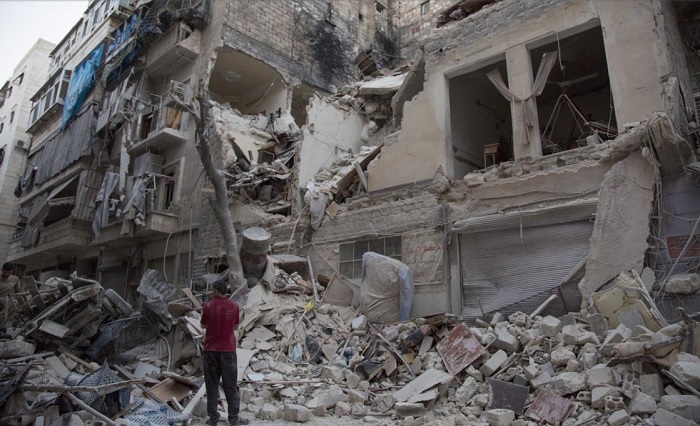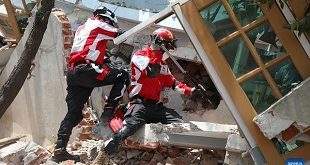
Bayeux, France | AFP |
How far to go in terms of gore and shock value when covering conflict? Capturing violence on camera was hotly debated on the fringes of Bayeux, a major French photography festival.
Seasoned photographers discussed where to draw the line at an event Friday on the fringes of the Bayeux Calvados festival, whose main prizes are set to be awarded later Saturday.
“How do you want people to accept refugees in Europe if you don’t show them the violence from which the migrants are fleeing?” said Indian photographer Sami Siva who has covered unrest and post-conflict issues in Turkey, Afghanistan, Sri Lanka and India.
But this does not convince Yunes Mohammed, a 44-year-old Iraqi Kurdish photographer, who says this is like playing into the hands of jihadists.
“I’ve seen children playing at decapitation. This raises questions. And those who use violence want to show their power and wait for people like me to help them have a psychological impact on others,” he said.
In 2014, the Bayeux festival ignored the work of Turkish photographer Emin Ozmen, whose work showing decapitations by Islamic State fighters in Syria, sparked great controversy.
That decision is still being debated.
According to French photographer Patrick Chauvel, Ozmen, who has won two World Press Photo awards, was right.
‘Photograph everything’
“You can’t say ‘Daesh decapitates’ and then not show it,” Chauvel said, using the Arabic name for the Islamic State group.
This year too the theme is in the limelight with an exhibition devoted to gang wars in Acapulco, “the most dangerous city in Mexico,” according to its curator, Belgian reporter Laurent van Der Stockt.
“My ethics forbid me from showing battered bodies of women and children,” said Mexican photographer Bernandino Hernandez.
“I concentrate on the details” like the tied up legs of a body found on the sidewalk, he said.
But Chauvel says one should go all the way.
“One must photograph everything for collective memory, for the International Criminal Court, but should not publish everything,” he said.
“Some people go too far in their quest for fame,” the 67-year-old added.
Virginie Nguyen Hoang said if photographs were unduly gruesome they would fail to inform as people would stop looking at them.
“In August 2013, I covered a massacre in Cairo. I saw many people dying in front of me, bleeding to death. But I photographed a dead youth with just a hole in his throat.
“That photo did not shock but it left a mark,” she said. “It touched a chord with the Egyptian authorities….”
 The Independent Uganda: You get the Truth we Pay the Price
The Independent Uganda: You get the Truth we Pay the Price



